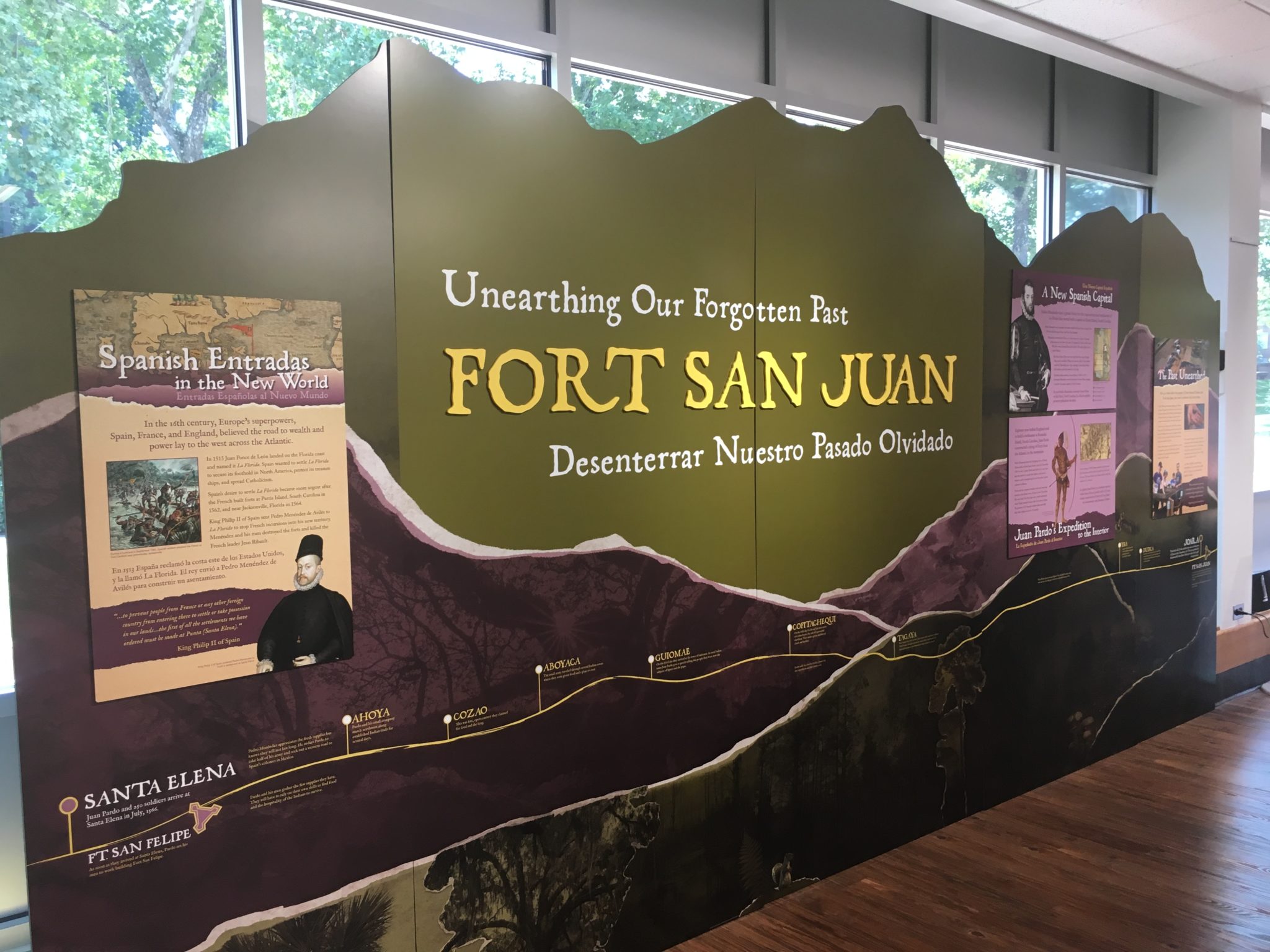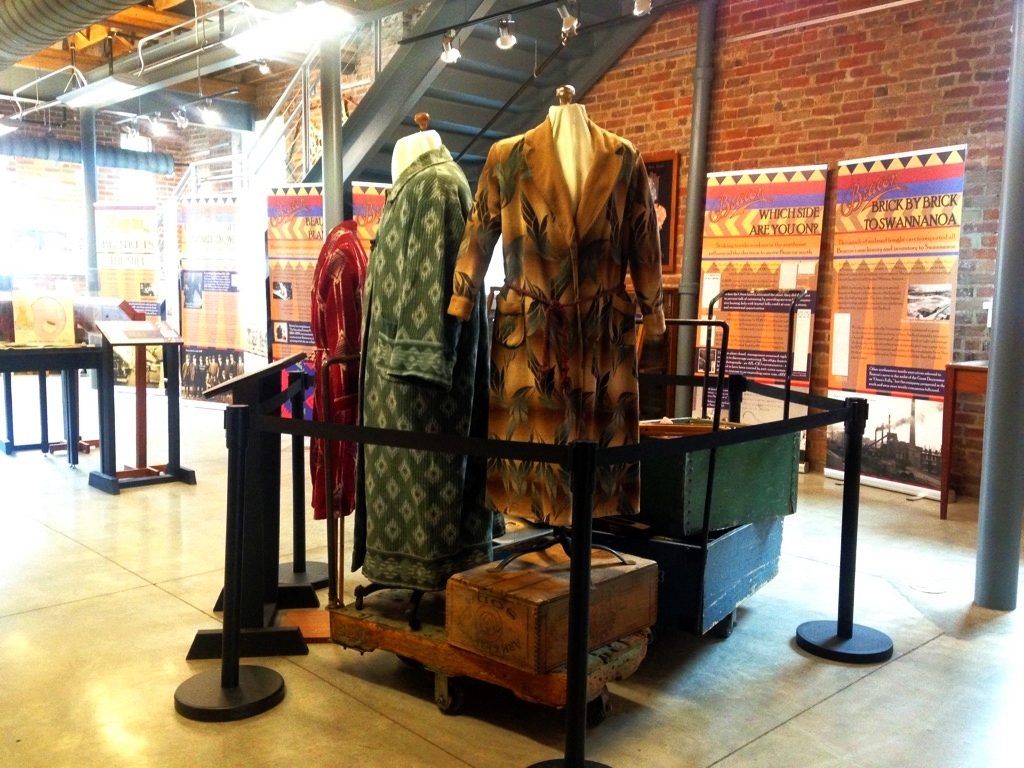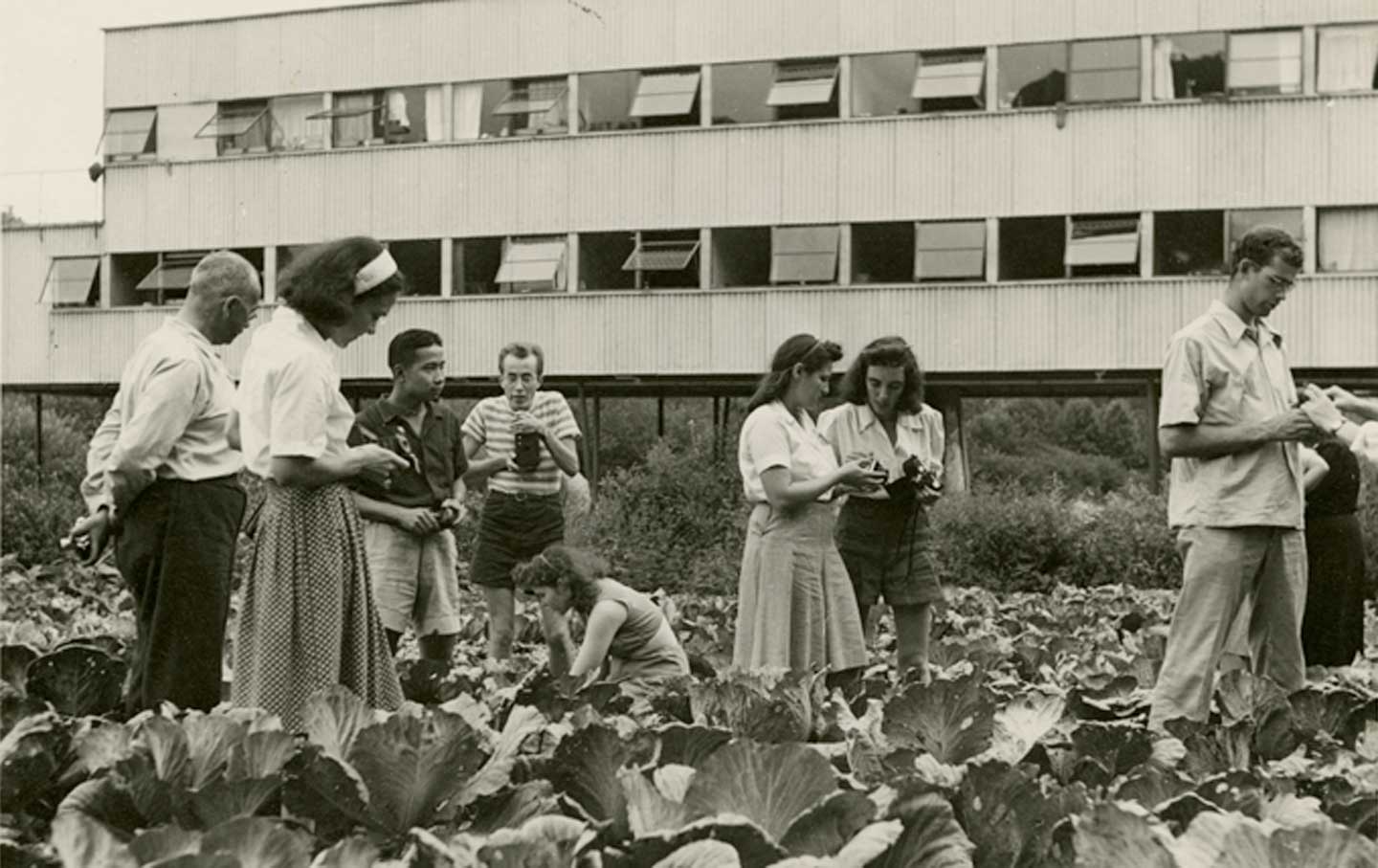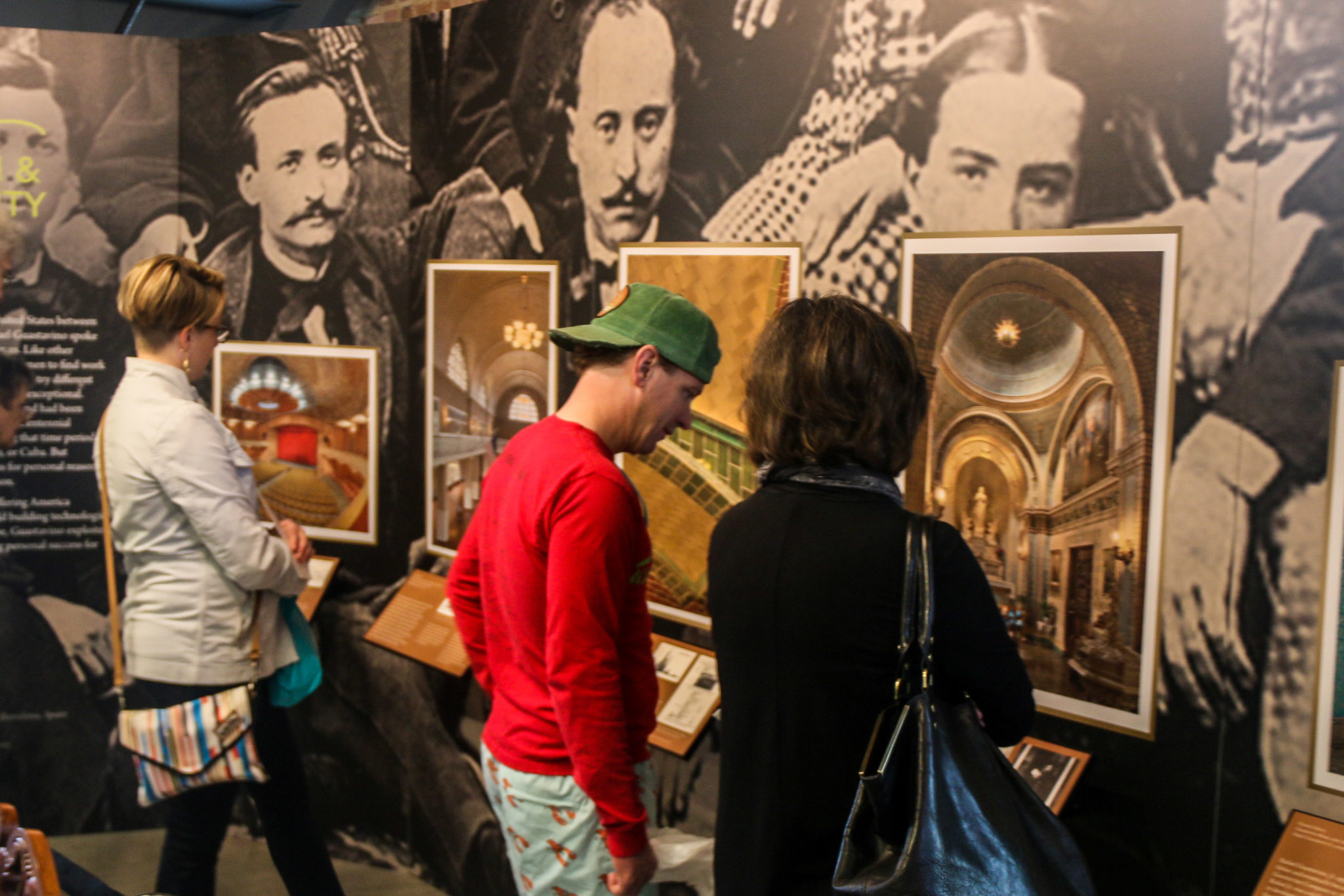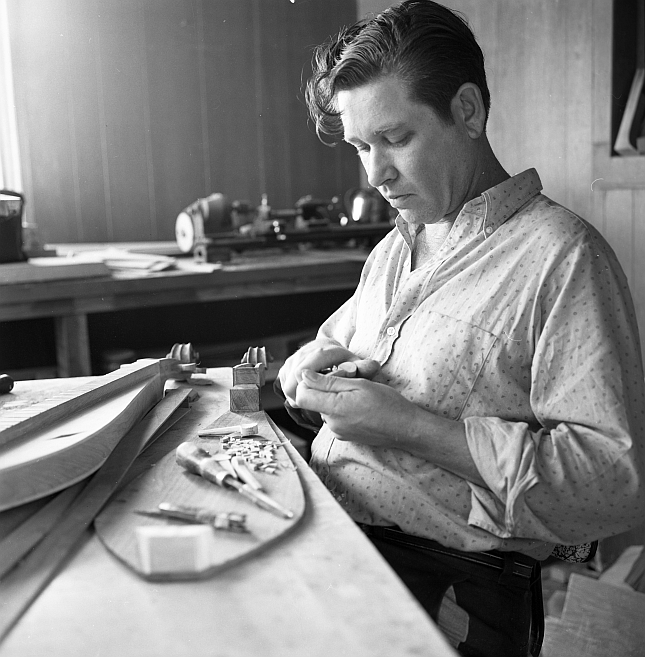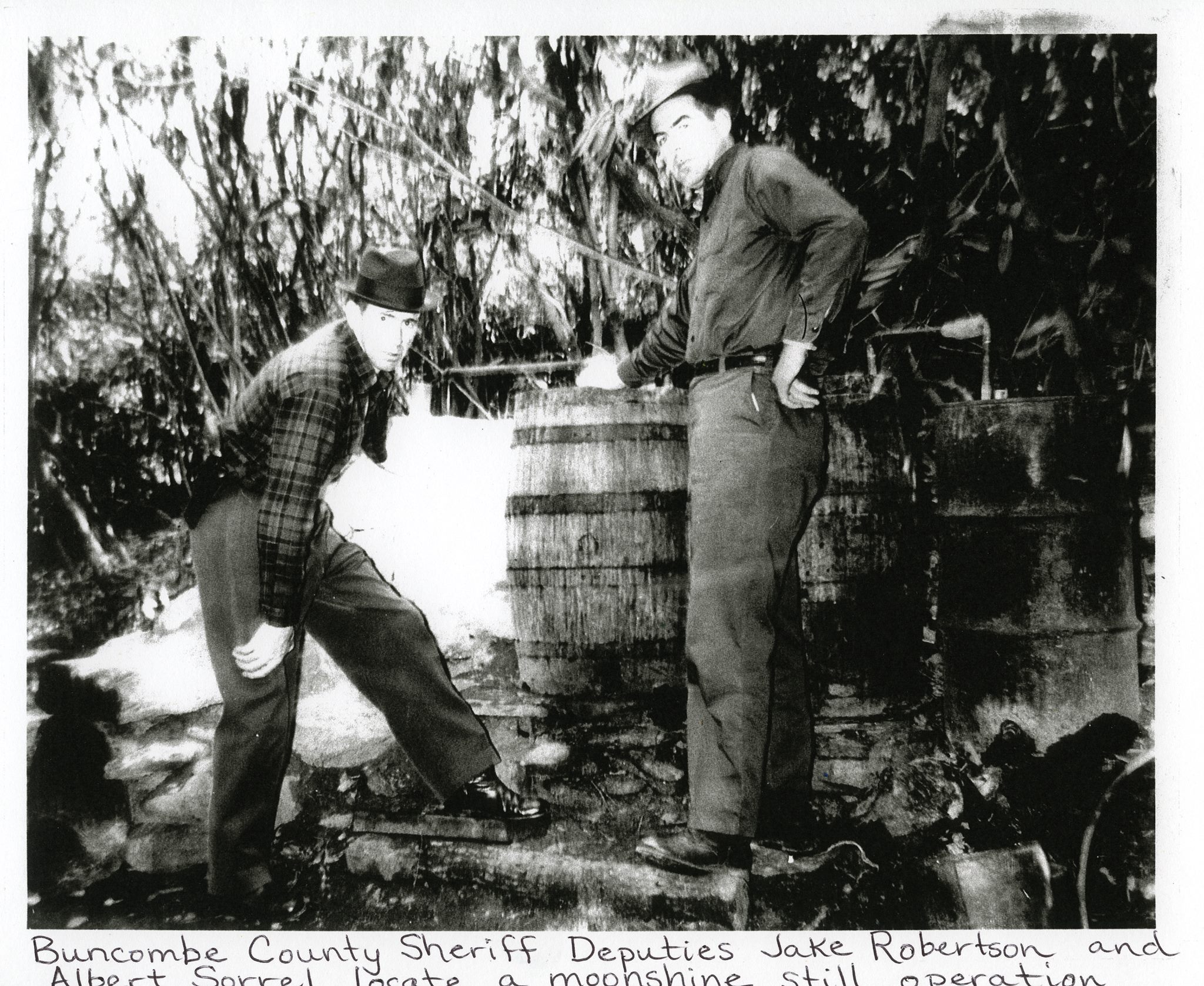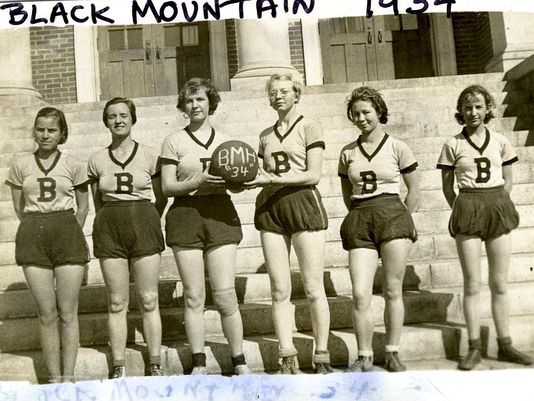CURRENT EXHIBITS
We mount at least one major temporary exhibition annually in our first floor gallery and continually enhance our second floor permanent exhibit exploring the general history of the Swannanoa Valley.
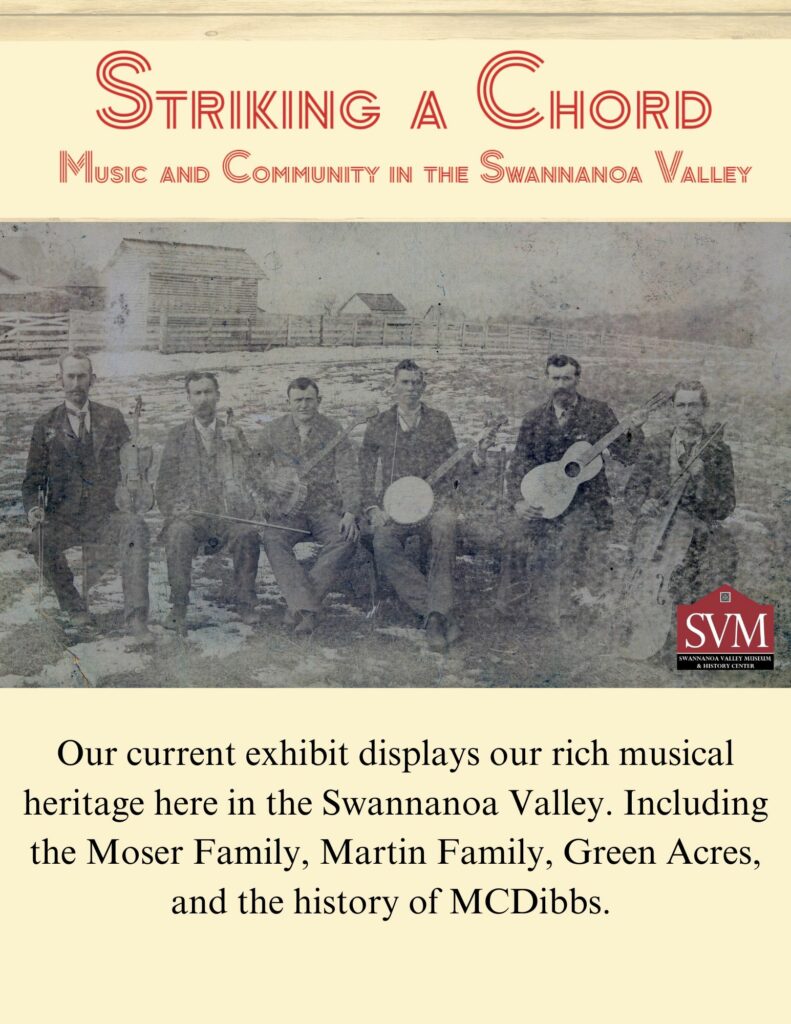
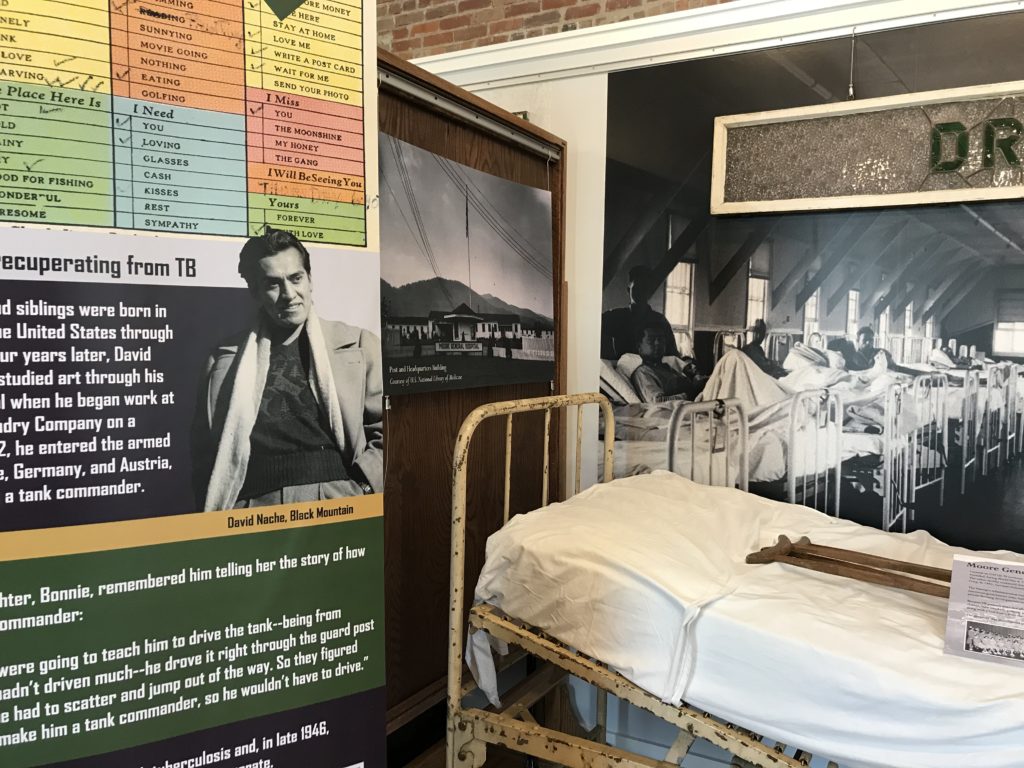
Our Pathways: People and Stories of the Swannanoa Valley
Our permanent exhibit on our second floor gallery explores the valley through the eyes of some of the people who have called it home. This exhibit helps visitors learn about the Native, African-American, white, and immigrant peoples of the valley who have shaped our its history as educators, hunters, artisans, law enforcement, midwives, soldiers, musicians and more.
Upcoming Exhibit
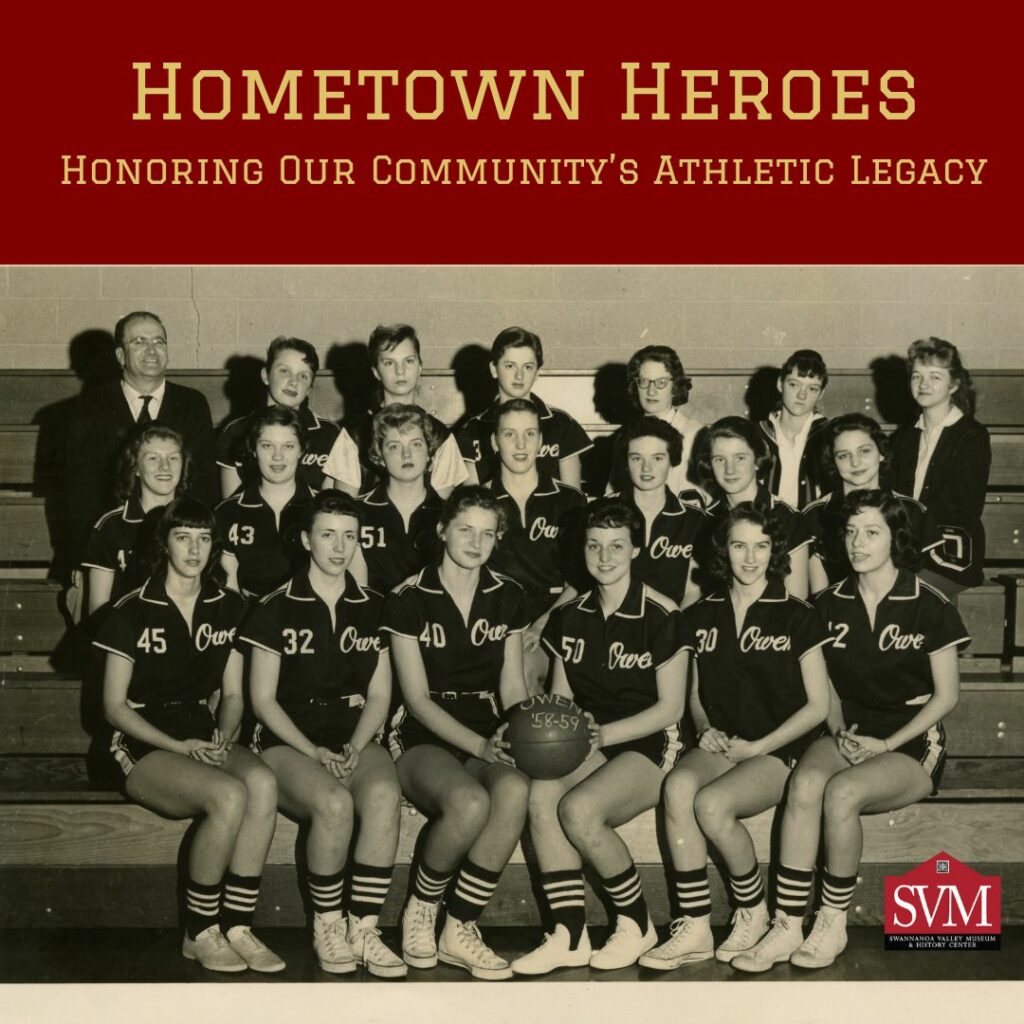
Our upcoming exhibit, “Hometown Heroes: Honoring Our Community’s Athletic Legacy,” will open in spring 2025. It will highlight the athletic achievements of our local high schools, colleges, and Beacon Manufacturing. The exhibit will also showcase some of the more renowned athletes who have called the Swannanoa Valley home. We are currently seeking items to display, including stories, photos, videos, and sound clips related to this theme. If you have something you would like to donate or lend for the exhibit, please contact us at (828) 669-9566 or email swannanoavalleymuseum@gmail.com.
PAST EXHIBITS
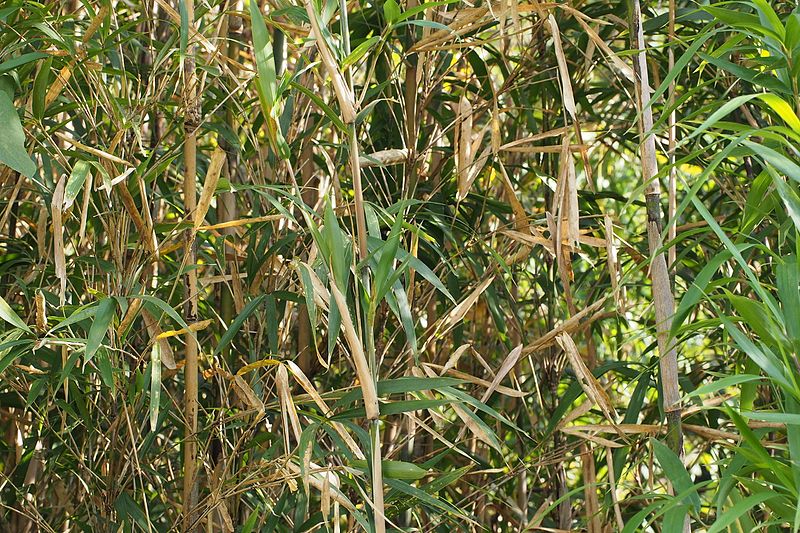
Rivercane Renaissance, April thru June 2022
A traveling exhibit designed by the Mountain Heritage Center of Western Carolina University, River Cane Renaissance highlights the historic uses of river cane by residents of the southern Appalachians. A wide range of river cane artifacts and reproductions are featured, ranging from woven baskets and mats to tools, weapons, and musical instruments. The exhibit also explores the biology behind this type of bamboo—a unique grass—that is native to and grows throughout the Southeastern U. S. Finally, the exhibit showcases efforts that are being made to improve river cane habitat and bring back this native species.
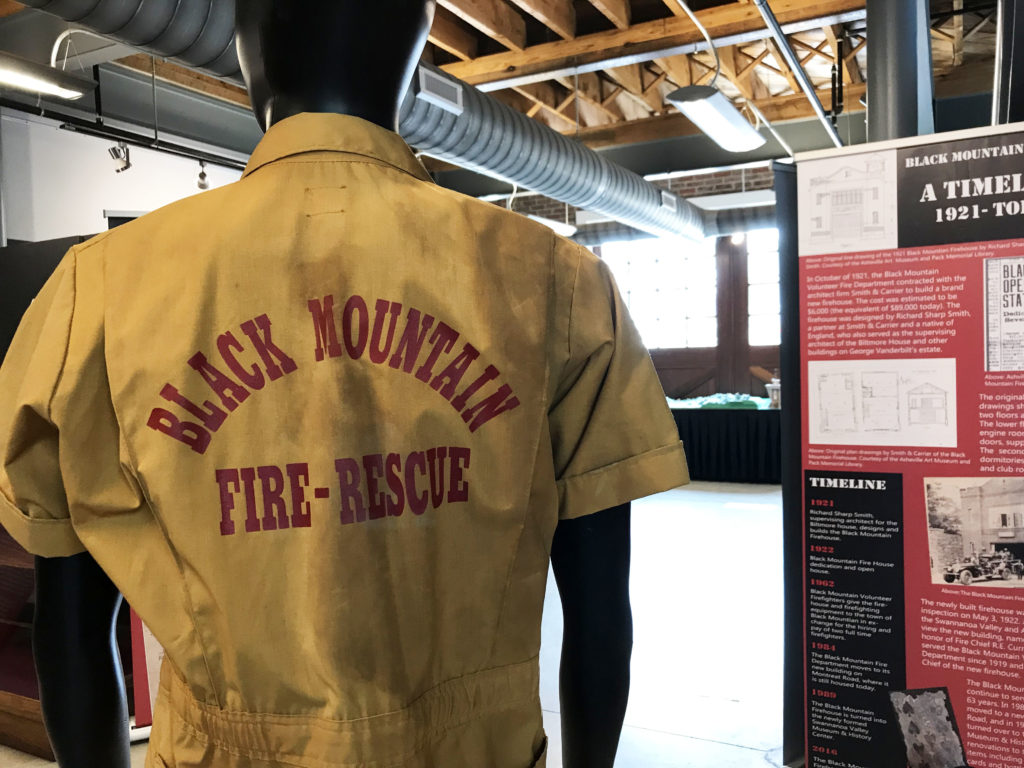
2021–100 Years of the Black Mountain Firehouse
2021 marks the 100-year anniversary of the construction of the Black Mountain Firehouse, which now houses the Swannanoa Valley Museum. Come enjoy this exhibit celebrating the department’s storied past. The exhibit features artifacts from the museum’s archives as well as the Black Mountain Fire Department, including 1920s to 1930s-era ladders, hose reel carts, fire extinguishers, ledgers, helmets and more. Banners and historic photos of the department tell the story of the organization’s early history—including its founding after a devastating fire, its move into the State Street firehouse, efforts to train local citizens in fire safety and raising funds through period entertainment such as mock trials and womanless weddings.
2020 – Unearthing Our Forgotten Past: Fort San Juan
The Berry archaeological site is located near Morganton, North Carolina and contains remnants of the Mississippian Indian town of Joara, Spanish Fort San Juan, and the Spanish town of Cuenca built by Juan Pardo and his men in 1566 as they explored South Carolina, North Carolina, and Tennessee. In 2015, the Exploring Joara Foundation developed and designed an exhibit about the archaeological excavations at the Berry Site, the amazing collection of objects archaeologists have recovered, and the fascinating stories about the interaction between the people of Joara and the Spanish.
Please read here about the history of Joara and Fort San Juan.
2019 – Beacon Blankets: The Mill
In this exhibit, the Swannanoa Valley Museum is exploring the story of the textile industry in Western North Carolina through its new exhibit “Beacon Blankets: The Mill.” This multimedia exhibit delves into the history of Beacon Blankets, a New England textile company that migrated to the town of Swannanoa, near Asheville, North Carolina, during the Depression. The Beacon Manufacturing Company was once the largest blanket manufacturer in the world and today, many Beacon blankets are collector’s items. The exhibit highlights several aspects of Beacon’s history, including its controversial use of the term “Indian Design” when advertising its blankets, workers’ striking and unionizing efforts, and the lives and culture of Beacon’s Swannanoa community. These topics are explored through banners, historic footage, textile and blanket displays, activities for children, and more.
Click here to learn more about the exhibit.
2018 – Black Mountain College: When “Town” Meets “Gown”
A myth that has long persisted in the lore of Black Mountain College, an experimental school located in the heart of the Blue Ridge Mountains during the 1930s, 40s, and 50s, is that the school was isolated and had little to no interaction with the surrounding communities of Asheville, Swannanoa, and Black Mountain, North Carolina. In fact, students and faculty did interact with locals both on and off campus throughout the college’s tenure. A new exhibition at the Swannanoa Valley Museum & History Center in Black Mountain seeks to tell the story of what happened when “town” met “gown.”
Click here to learn more about the exhibit
2017 – Palaces for the People: Guastavino and America’s Great Public Spaces
From 1882 to 1943, in 31 states and 6 countries, Rafael Guastavino and his son created more than 600 unique tile domes and vaultings that met his criteria of health, safety, and beauty. Palaces for the People: Guastavino and America’s Great Public Spaces is an exhibition about his life and works that opened to great acclaim in Boston, moved to Washington, D. C., and New York City, and was featured in 2017 in the celebrated little town of Black Mountain, North Carolina, location of Guastavino’s former estate.
Click here to learn more about the exhibit.
2016 – Edward L. DuPuy – Artisans of the Appalachians
Born in Blacksburg, VA, in 1914, Ed DuPuy moved to Black Mountain, NC, as a teenager. From the 1950s until the 1980s, he made a living photographing weddings, special events, conference groups, real estate, and commercial subjects, but he would also capture everyday life and landscapes around Black Mountain out of pure interest. He was also an artisan woodworker whose antique reproductions no doubt are still in many homes. He taught classes at Black Mountain College, was a dedicated member of the Southern Highland Craft Guild, and published a book, Artisans of the Appalachians, about regional craftsmakers. Never before seen photographs of many of the artisans from western North Carolina featured in the publication are exhibited here.
Click here to view the digital exhibit.
2014 – Moonshine in the Mountains
Contrary to the stereotype of the lazy, drunken moonshiner, many supported their families and community by paying taxes, mortgage, and store bills – even starting businesses – from the revenue their liquor produced.
Click here to view the digital exhibit.
Digital Exhibit – Women’s History in the Swannanoa Valley
Women of every description have inhabited the Swannanoa Valley since the Cherokee claimed this land as hunting ground. In March, we celebrate Women’s History Month and take the opportunity to especially tell the stories of the women who shaped the history of our Valley as we know it today. Follow along to learn more about just a few of the amazing women who made their mark on the Swannanoa Valley.
Click here to view the digital exhibit.
